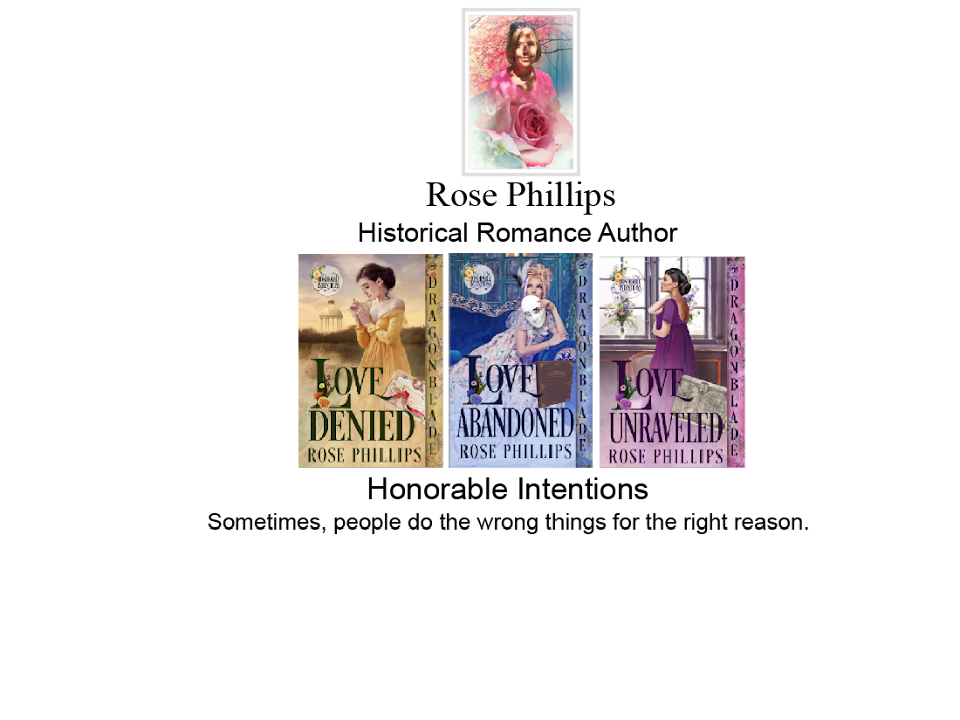What genre
classification is Raven’s Path?
Set in the Ohio
Valley in 1750, it revolves around real events and real people. Ana and Brandan, however, are entirely
fictional. Their relationship is a
primary focus and there is a satisfying ending.
It’s just that it’s not tied up neatly in a ribbon. Threads are left drifting in the wind. It is intended as the first in a trilogy.
Diana Gabaldon,
who resists the classification of romance for her Outlander series despite the
relationship development between Jamie and Claire, points out that “Real
romances don’t have sequels, because once the couple are firmly together, the
story’s over.” Of course Diana’s books,
I think, actually defy classification and should be given a genre all their
own.
Surfing for
further clarification merely added to the confusion. One site said that if you take the romance
out, the story should stand alone if it’s truly historical fiction. Well, dang, the leftovers in Raven’s Path
would be a sad, dry little tale. It is
the characters who breathe life into the historical events. Others say it is historical fiction, quite
simply, if you have used real events and people. But, can’t you have those in a wonderful
little happily-ever-after romance too?
Over at Janice
Hardy’s Fiction University I found this breakdown:
Romance
The love story is the primary focus of the book, and there is a happily ever after. Getting two people together is what the book is all about.
The love story is the primary focus of the book, and there is a happily ever after. Getting two people together is what the book is all about.
Historical Romance
Romance novels set in any time period prior to 1945, and taking place in any location.
Romance novels set in any time period prior to 1945, and taking place in any location.
Historical
Takes place during a real period of history and deals with real events and details, even though the story is fictional.
Takes place during a real period of history and deals with real events and details, even though the story is fictional.
Clear as mud, right? I do believe I have written a Historical,
Historical Romance. J
All I know for sure is that last week’s
separation anxiety has been resolved. I
do not wish to say goodbye to Ana and Brandan at this time. And, so, my journey with them will continue. Book two, here I come.
Oh, and if anyone has any sage advice on what
to label Raven’s Path, it would be much appreciated. J



I've been to the genre wars, too. It took me a few years to realize I was writing Women's Fiction. Here's agent Paula Munier's definition:
ReplyDelete“These are stories that revolve around women, women’s roles as mothers, daughters, grandmothers, granddaughters, caregivers, friends, community leaders, etc., and a woman’s place at home, at work, and in society at large. They are for the most part domestic dramas. What separates them from love stories is that the heroine’s relationships with her friends and family are as important if not more important to the storyline as her love relationship. These stories explore women’s relationships—with each other, with men and children, with the world, and with herself. The themes are those that strike a chord with women: love, family, friendship, sisterhood, motherhood, self-actualization, and what it means to be a woman in the world, past, present, and future.”
That's a broad definition. ;-)
FWIW I think you're writing historical romance with a lean toward the historical side. Good luck finding the definition you like!
ZanMarie,
ReplyDeleteI remember your struggle with classification and your Eureka moment when you found it. As you know, understanding your genre is critical in terms of seeking representation as well as in marketing. I looked at Sara Donati's Into the Wilderness Series on GoodReads and there it has landed in no less than 11 categories, with the top three being Historical Fiction at 641 users, Romance at 215 users, and Romance-Historical Fiction at 138 users. Now, the word saga did jump out at me. That is exactly what I am writing. Hmmm. More to think on.
I always have a hard time with genre classifications. I always want to call my work romantic fantasy but as that's not a real thing I'm afraid it will look unprofessional. Good to know that some of the well read ones are multi-classified. Gives me hope.
ReplyDeleteSpesh,
ReplyDeleteAt GoodReads Kate Morton's, The House at Riverton, has ten classifications, Susanna Kearsley's, Mariana, has ten, Dorothy Dunnett's Lymond Chronicles, ten. Definitely proof that we aren't the only one's who are confused. :0)
Definitely Historical Fiction and Romance. Are you on Goodreads? I'd like to friend you.
ReplyDeleteDonna,
ReplyDeleteThanks for dropping by! As someone who has read Raven's Path, I am pleased that you see it as historical fiction and not just historical romance. The latter classification gets dicey since (a) the story continues and (b) romance will not be the strong thread that weaves the strands of the tale together. Again, thank you for taking the time to read a stranger's manuscript. :0) As for Goodreads, I've popped in but that is about it. There is quite a controversy around it right now, which is interesting to follow but makes me wary to become a part of it at the moment. I will let you know if that changes.